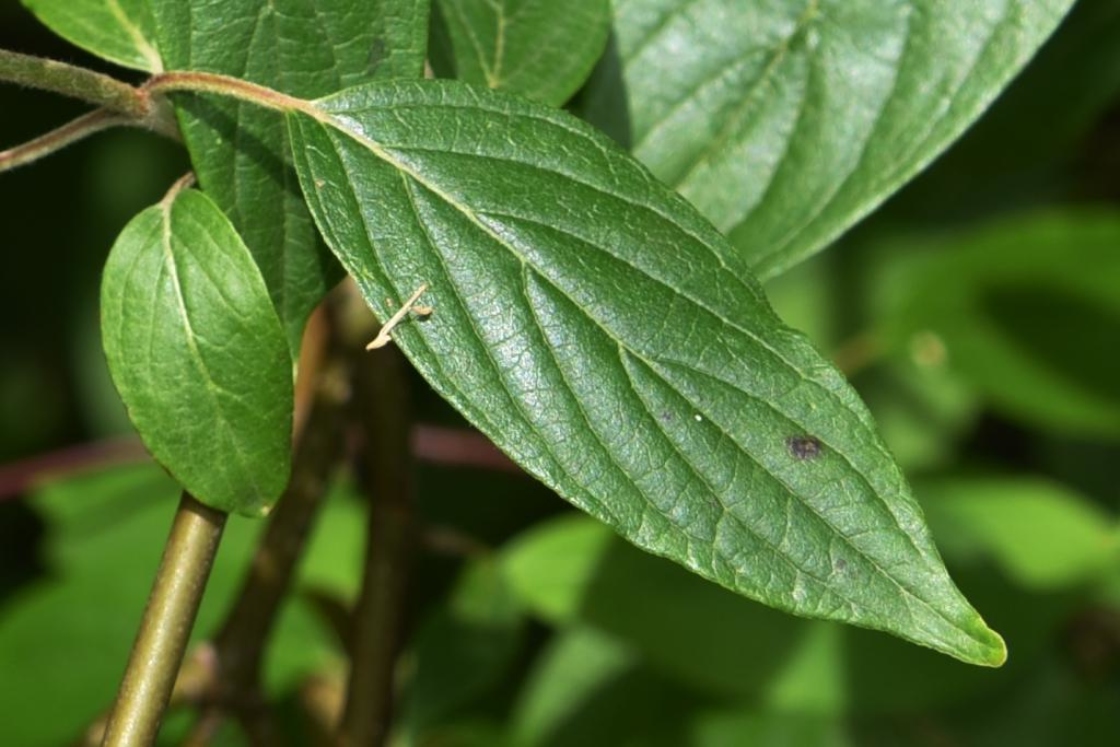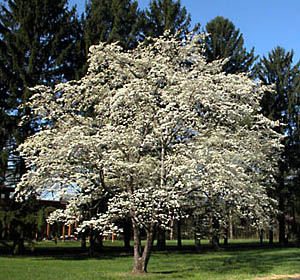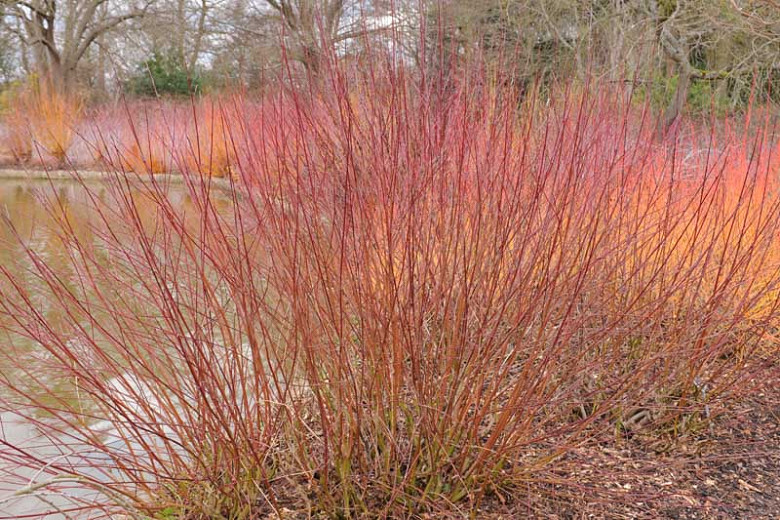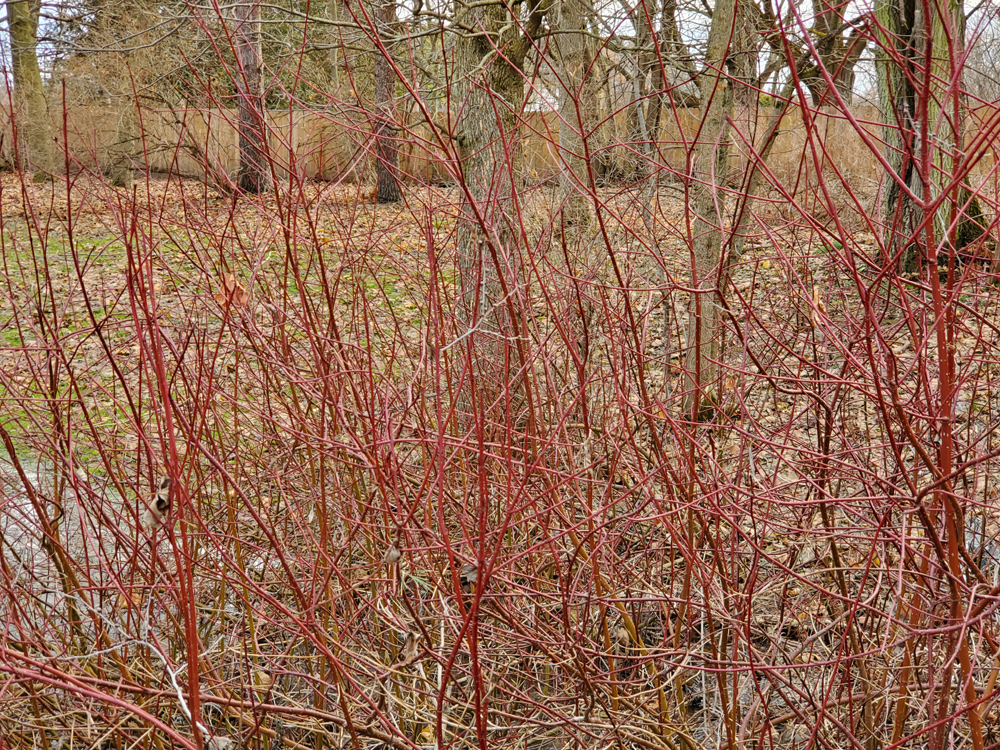Silky Dogwood: The Versatile Shrub That Does It All
Silky dogwood (Cornus amomum) is a native North American shrub that is known for its versatility. It can be used in a variety of landscape settings, from formal gardens to naturalized areas. Silky dogwood is also a valuable addition to wildlife habitats, as it provides food and shelter for birds and other animals.
In this blog post, we will discuss the many benefits of silky dogwood. We will also provide tips on how to care for this versatile shrub.
Introduction
Silky dogwood is a medium-sized deciduous shrub that can grow up to 10 feet tall. It has arching branches that are covered with glossy, green leaves. In the spring, silky dogwood produces clusters of creamy white flowers. These flowers are followed by blue-black berries that are eaten by birds and other animals.
Silky dogwood is a hardy shrub that is tolerant of a variety of conditions. It can grow in full sun to partial shade, and it is adaptable to a variety of soil types. Silky dogwood is also drought-tolerant, making it a good choice for xeriscaping.
Benefits of Silky Dogwood
There are many benefits to planting silky dogwood in your landscape. Here are a few of the most important:
- Versatility: Silky dogwood can be used in a variety of landscape settings. It can be used as a hedge, screen, specimen plant, or even as part of a rain garden.
- Beauty: Silky dogwood is a beautiful shrub that has something to offer all year round. In the spring, it blooms with creamy white flowers. In the fall, its leaves turn a brilliant red or purple. And in the winter, its bare branches provide structure and interest to the landscape.
- Wildlife value: Silky dogwood is a valuable addition to wildlife habitats. Its flowers attract pollinators, and its berries are eaten by birds and other animals.
- Low maintenance: Silky dogwood is a low-maintenance shrub that is easy to care for. It does not require a lot of pruning, and it is resistant to pests and diseases.
How to Care for Silky Dogwood
Silky dogwood is a relatively easy shrub to care for. Here are a few tips:
- Planting: Silky dogwood should be planted in full sun to partial shade. It prefers moist, well-drained soil.
- Watering: Silky dogwood needs regular watering, especially during the first year after planting. Once it is established, it is more drought-tolerant.
- Pruning: Silky dogwood does not require a lot of pruning. However, you may want to lightly prune it in the spring to remove dead or damaged branches.
- Fertilizing: Silky dogwood does not need to be fertilized often. A light application of fertilizer in the spring will help keep it healthy.
Conclusion
Silky dogwood is a versatile shrub that is a valuable addition to any landscape. It is beautiful, low-maintenance, and provides food and shelter for wildlife. If you are looking for a shrub that can do it all, silky dogwood is a great choice.
For more information about silky dogwood, please visit Home Gardening. This website provides detailed information about the plant's care, growth requirements, and uses.
FAQ of silky dogwood
What is silky dogwood?
Silky dogwood (Cornus sericea) is a deciduous shrub or small tree native to eastern North America. It is known for its beautiful white flowers, which bloom in the spring, and its peeling, cinnamon-colored bark, which is especially striking in the fall. Silky dogwood is a versatile plant that can be used in a variety of landscape settings, including naturalized areas, borders, and hedges.
How to care for silky dogwood?
Silky dogwood is a relatively easy plant to care for. It prefers full sun to partial shade and moist, well-drained soil. It is drought-tolerant once established, but it will benefit from regular watering during the first few years after planting. Silky dogwood is not particularly susceptible to pests or diseases, but it may be affected by aphids, scale, or powdery mildew.
What are the benefits of planting silky dogwood?
Silky dogwood offers a number of benefits for the landscape, including:
- Beautiful flowers
- Peeling, cinnamon-colored bark
- Drought tolerance
- Versatility
- Pest and disease resistance
Where can I buy silky dogwood?
Silky dogwood is available at most garden centers and online retailers.
Image of silky dogwood
- Silky dogwood in full bloom. This image shows the silky dogwood's white flowers, which are arranged in clusters. The flowers have a delicate, sweet fragrance.
- Silky dogwood leaves. The silky dogwood's leaves are oval-shaped and have a smooth, glossy surface. They are a deep green color in the summer and turn a beautiful shade of orange in the fall.

- Silky dogwood bark. The silky dogwood's bark is a light gray color and is smooth to the touch. It has a distinctive, checkered pattern.

- Silky dogwood in a forest. This image shows the silky dogwood growing in a forest setting. The shrub's white flowers stand out against the dark green foliage of the trees.

- Silky dogwood close-up. This close-up image shows the silky dogwood's flowers in detail. The flowers are made up of four white petals and a central cluster of stamens.

- Silky dogwood in winter. This image shows the silky dogwood in winter. The shrub's leaves have fallen off, but its bark and branches are still visible.

- Silky dogwood in a garden. This image shows the silky dogwood growing in a garden setting. The shrub is surrounded by other plants, including ferns, wildflowers, and shrubs.
- Silky dogwood as a hedge. This image shows the silky dogwood being used as a hedge. The shrub has been trimmed to form a neat, uniform shape.

- Silky dogwood as a specimen plant. This image shows the silky dogwood being used as a specimen plant. The shrub is planted in a prominent location in the garden and is surrounded by open space.
- Silky dogwood in a vase. This image shows the silky dogwood's flowers in a vase. The flowers are arranged in a simple, elegant bouquet.

Post a Comment for "Silky Dogwood: The Versatile Shrub That Does It All"